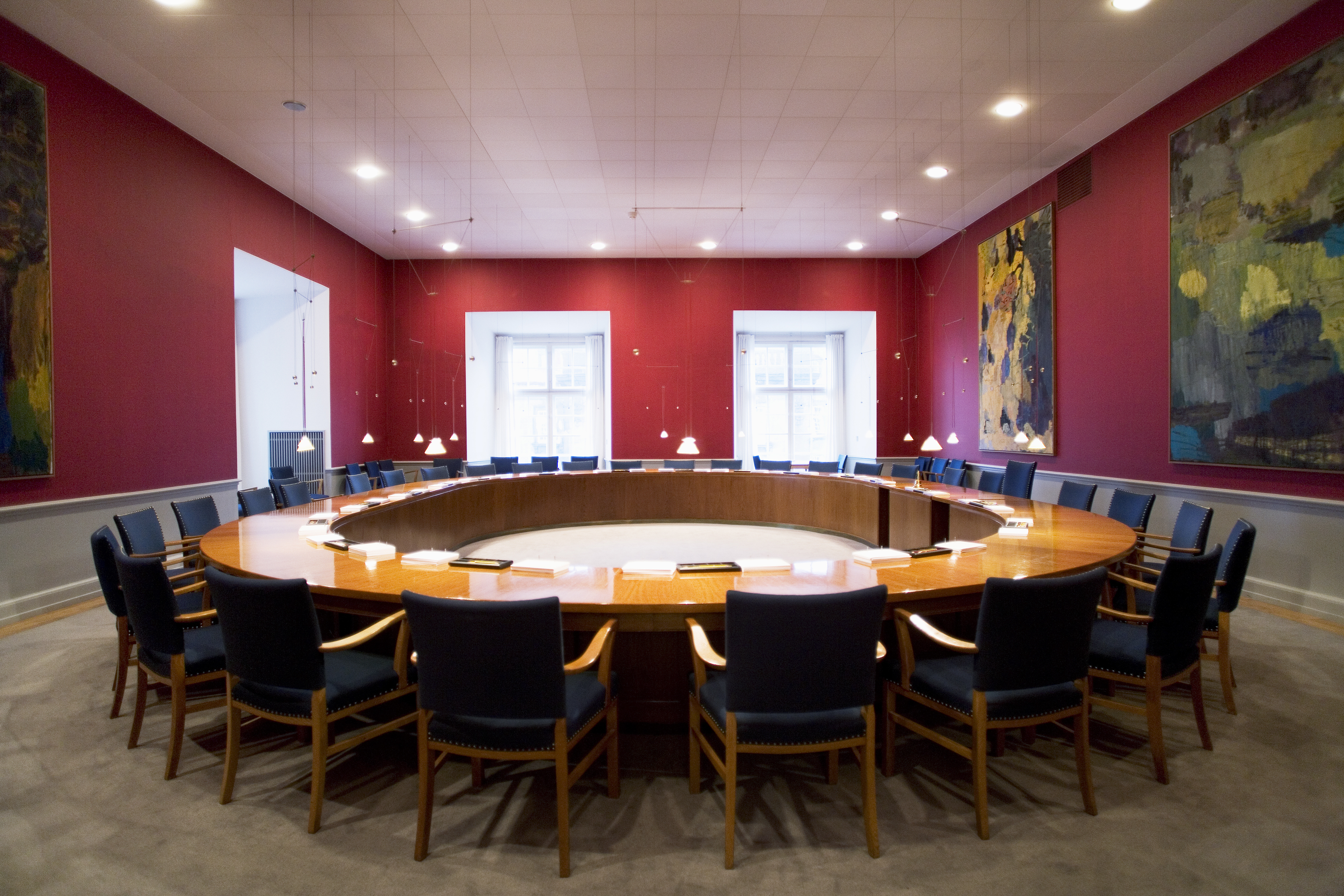Political coalitions in the Nordic region
Nordic countries have been labelled ‘consensual democracies’ due to the use of cross-party coalitions in forming governments. As political parties that are in competition with one another end up working together, it arguably reduces aggressive, oppositional electioneering, and fosters collaboration. On the other hand, it is difficult for voters to fully trust election pledges, when they may have to be altered due to political horse-trading.

Proportional representation
All the Nordic countries are characterised by proportional electoral systems which have led to the establishment of relatively fragmented party systems. As a result, it is rare for a single party to achieve an overall majority. In fact, since 1945 this has happened only once, with the Swedish Social Democrats winning 50.1% of the vote in 1968. As a result, governments in Scandinavia are in most cases coalition or minority governments.
While coalition governments have been less common in Norway and Sweden than in the other three Nordic countries, largely as a consequence of the dominance of the social democratic parties in those countries, coalition governments are, on the whole, the norm.
Consensual democracies
The prevalence of coalition governments in the Nordic region has led these countries to be labelled ‘consensual democracies’. It is argued that the need to form coalitions has meant that politics has been less oppositional than in countries like the UK, with its two-party system, because of the need for co-operation between coalition partners. When politicians of one party know that they are likely to have to form a government with other parties, there are limits to the kinds of attacks one can level at political rivals, at least if they are on the same side of the left-right divide. Coalitions tend to be between parties on the same side of the political spectrum. So, a dominant centre-left party will more often than not look for coalition partners amongst smaller centre left parties, and the same on the right.
Exceptions to the left/right coalition groupings
Whilst coalitions tend to be on the same side of the political spectrum, there are exceptions such as the short-lived 1978-79 social democratic/liberal coalition in Denmark.
Another exception is Iceland where parties tend to form coalitions irrespective of the traditional left-right divide. This may well be down to the dominance of the Independence Party which, whilst tending towards the centre-right, has always been able to attract votes from all sections of society. It is therefore somewhat less ideologically bound than many other parties, leaving it free to seek coalition partners without being constrained by left-right considerations.
Voters don’t always know what they will get
The prevalence of coalitions in the Nordic countries and the consensual politics they are believed to engender are often viewed positively. Conversely, however, coalitions are also said to involve backroom deals and horse-trading between politicians and a consequential lack of transparency that leads to voters not always being able to tell what kind of government their chosen party might join.
Further reading:
- E. Damgaard and P. Svensson, ‘Who governs? Parties and Policies in Denmark’, European Journal of Political Research 17, 1989 pp. 731-745.
- R. Katz and P. Mair, (eds.) Party Organizations in Western Democracies 1960-1990: A Data Handbook (London: Sage, 1992).
Links:
- The Danish Parliament, Folketinget
- The Finnish Parliament, Eduskunta Riksdagen
- The Swedish Parliament, Riksdag
- The Icelandic Parliament, Alþingi
- The Norwegian Parliament, Stortinget